Explain about Cell Cycle
Definition of Cell Cycle: Cell cycle is the entire sequence of events happening from the end of one nuclear division to the beginning of the next.
In 1953 Howard and Pele denoted four phases of cell cycle G1, S, G2 and M phases. The three phases - G1, S, G2 constitute the interphase but the Mouse includes the prophase, prometaphase, metaphase, anaphase and telophase.
In 1989 Albert et al denoted three major cycles of the cell cycle. A. Chromosomal cycle: DNA synthesis alternating the mitosis, such as the time when DNA undergoes replication before they are actually separated, B. Cytoplasmic cycle where the cell growth alternates with cytokinesis such as the components of the cytoplasm is duplicated the nucleus get divided. C. Centrosome cycle where centrosome duplicates prior to the mitotic division.
Time Required by Cell Division - Time taken by cell cycle to complete one cycle and starts another cycle differ from one organisms to the other. Among the entire time maximum time is occupied by the interphase and the little time is needed for the rest of the division because in this phase the cell takes up all the sorts of preparation for cell division. Such as in mammals, 18 hours is required by the cell. In which 17 hours are taken up by the interphase whereas 1 hour is the resting of the division.
Different Phases of Cell Cycle:
Cell cycle is made up of different phases. They are interphase and mitosis phase.
Interphase - It is a stage between two mitotic cell division that takes place during the various physical and chemical changes for the preparation of the cell division of eukaryotic cell .
Sub division of the interphase is divided into 3 substages:
1. Post mitotic Gap phase – It occupies 30 to 50 % of the cell cycle.
2. Synthetic phase (S phase)- It occupies 35 to 45 % of the cell cycle.
3. Premitotic gap phase (G2 phase)- It constitutes 10 to 20 % of the cell cycle.
Mitotic phase- It is the division phase where the parent cell divides once and giving rise to identical daughter cells with same chromosome number with similar forms and characteristics feature is called mitosis.
Occurrence of Mitosis:
1. It is observed in somatic cells of eukaryotic organism.
2. In lower animals during regenerative growth mitosis is observed.
3. If the parts of the plant get damaged then their healing of wound is occurred by mitosis.
4. When the embryo is developed due to fertilization of haploid male and female gametes, they time the cell with diploid chromosome undergoes mitotic cell division to increase the number of cells in the embryo and pass through Marula, blastula, gastrula etc. It rises in cell number and give birth to the multicellular organism called embryo, later individual organism.
Mitotic cell division mechanism can be divided into two phases –
Karyokinesis - Karyokinesis is the process of nucleus division in the cell.
Cytokinesis - It is the division of cytoplasm in mitotic cell division. In animal cell it happens simultaneously with the karyokinesis but in plant cell it happens after completion of karyokinesis.
From Explain about Cell Cycle to HOME PAGE
Recent Articles
-
Formed Elements of Blood | Erythrocytes | ESR |Leukocytes |Neutrophils
Jan 15, 26 01:25 AM
Formed elements formed elements are constitute about 45 % of blood afeias haematocrit value packed cell volume mostly of red blood corpuscles and are of 3 types- erythrocytes, leukocytes and blood pla… -
What Is Plasma? | Blood Plasma | Proteins | Nutrients | Cholesterol
Nov 07, 25 10:29 AM
Blood is a mobile fluid which is a connective tissue and is derived from the mesoderm like cell any other connective tissue. Colour of blood is reddish and that flows inside the blood vessels by means… -
Disorders of Respiratory System | Tuberculosis | Pleurisy | Emphysema
Oct 28, 25 11:39 PM
Tuberculosis is very common disease and is caused by a type of bacteria called Mycobacterium tuberculosis. This disease causes different trouble in the respiration and infection of several parts of th… -
Regulation of Respiration | Respiratory Centres | Inspiratory Area |
Oct 14, 25 12:13 AM
Respiratory Centre is the area that controls the rate of respiration and it is observed to be located in medulla oblongata and pons. Respiratory Centre has the following will dispersed components like… -
Explain Transport of Gases | External Respiration | Tissue Respiration
Oct 09, 25 11:35 PM
In humans gaseous exchange is completed in the following ways the steps are - External Respiration or Breathing - Breathing in false taking in of Oxygen and giving out of carbon dioxide in the body. M…
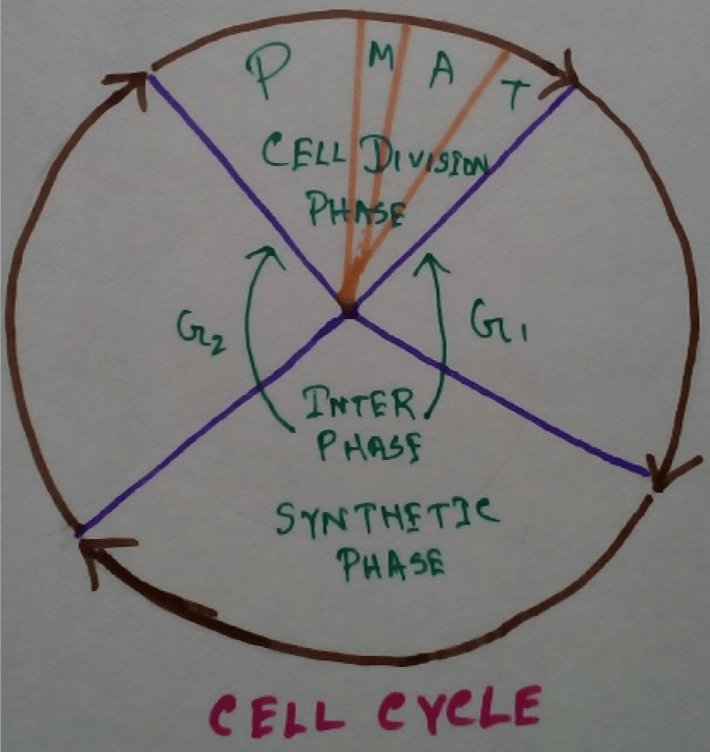
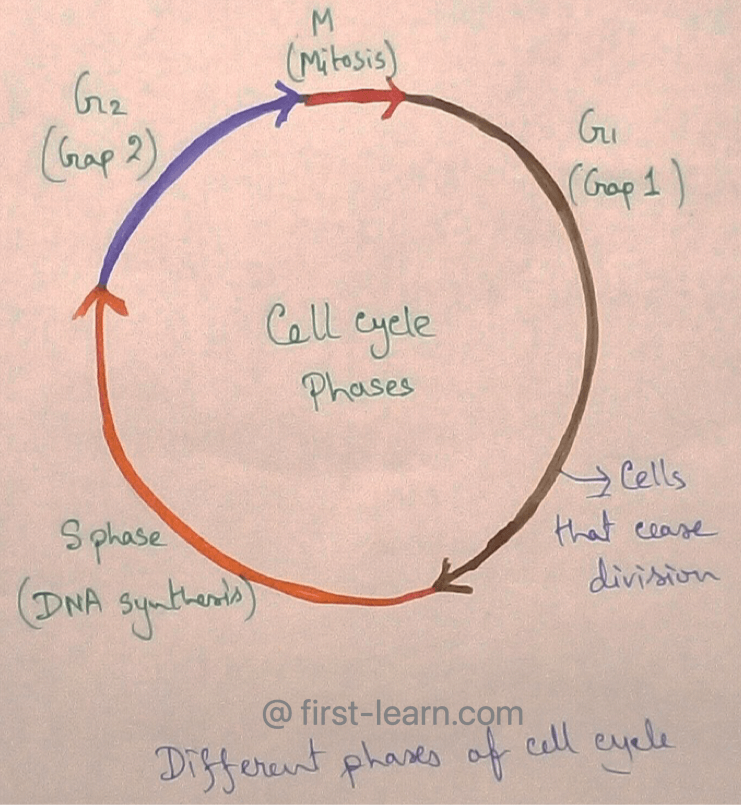
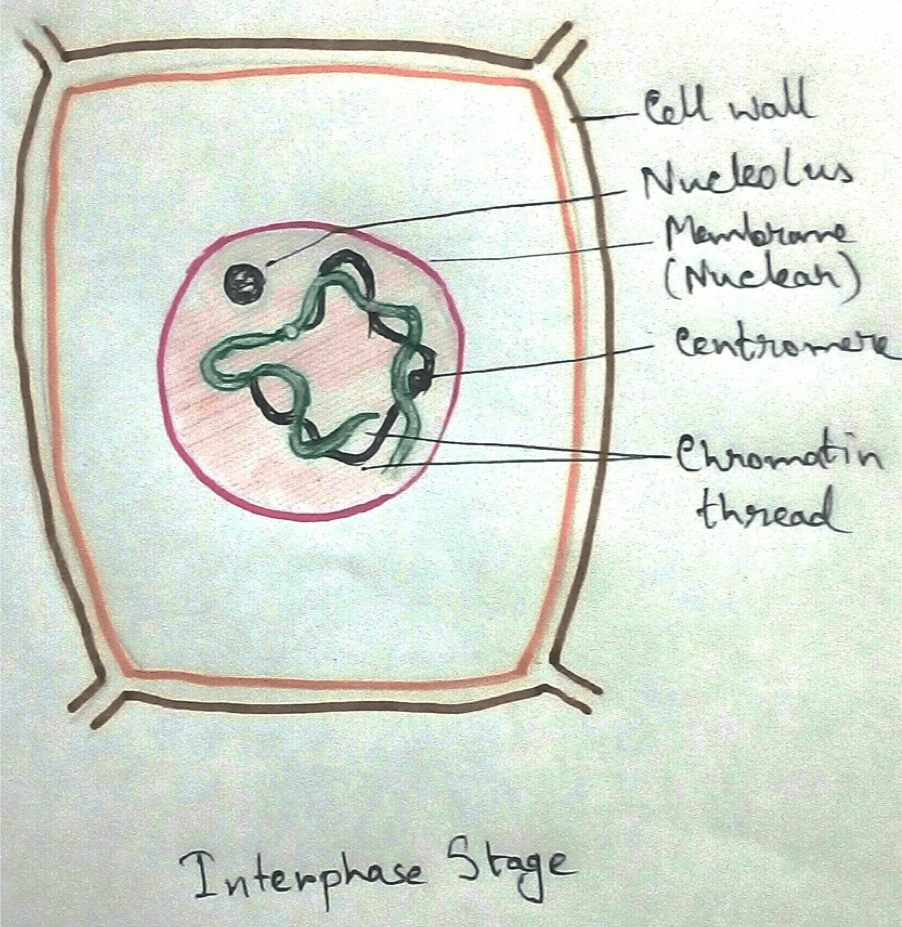
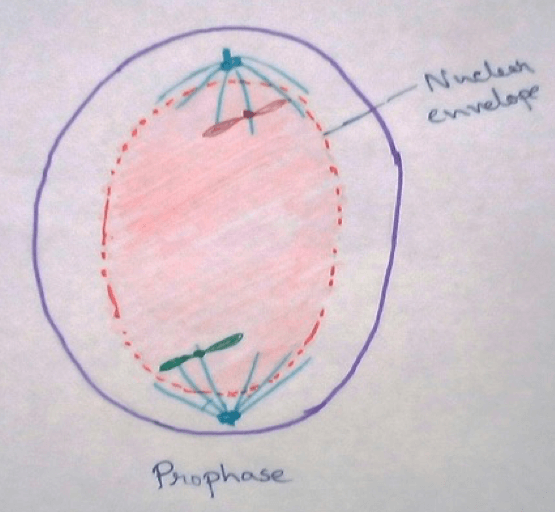
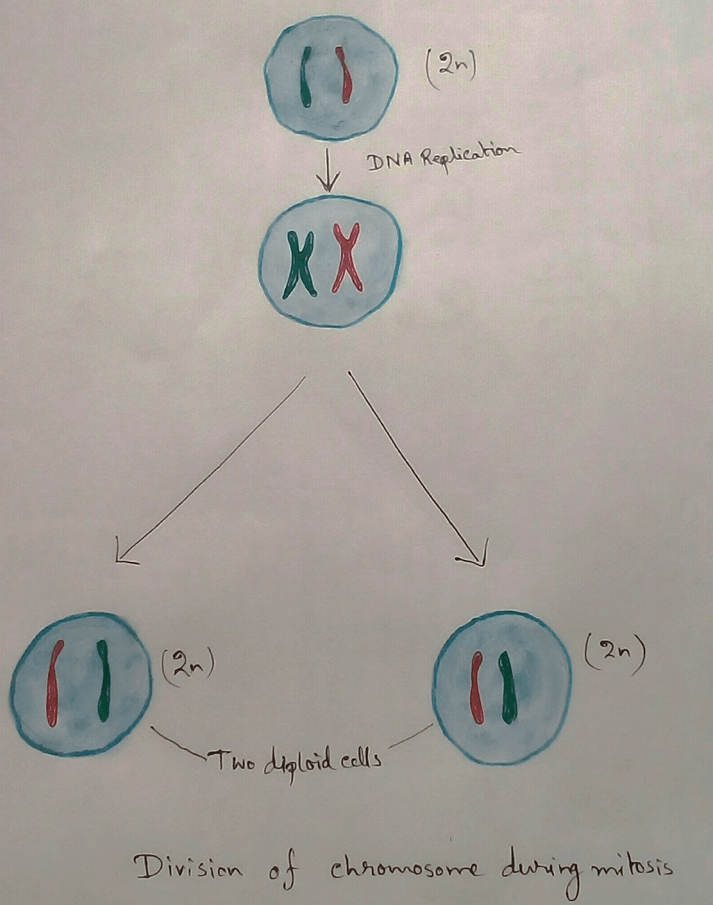
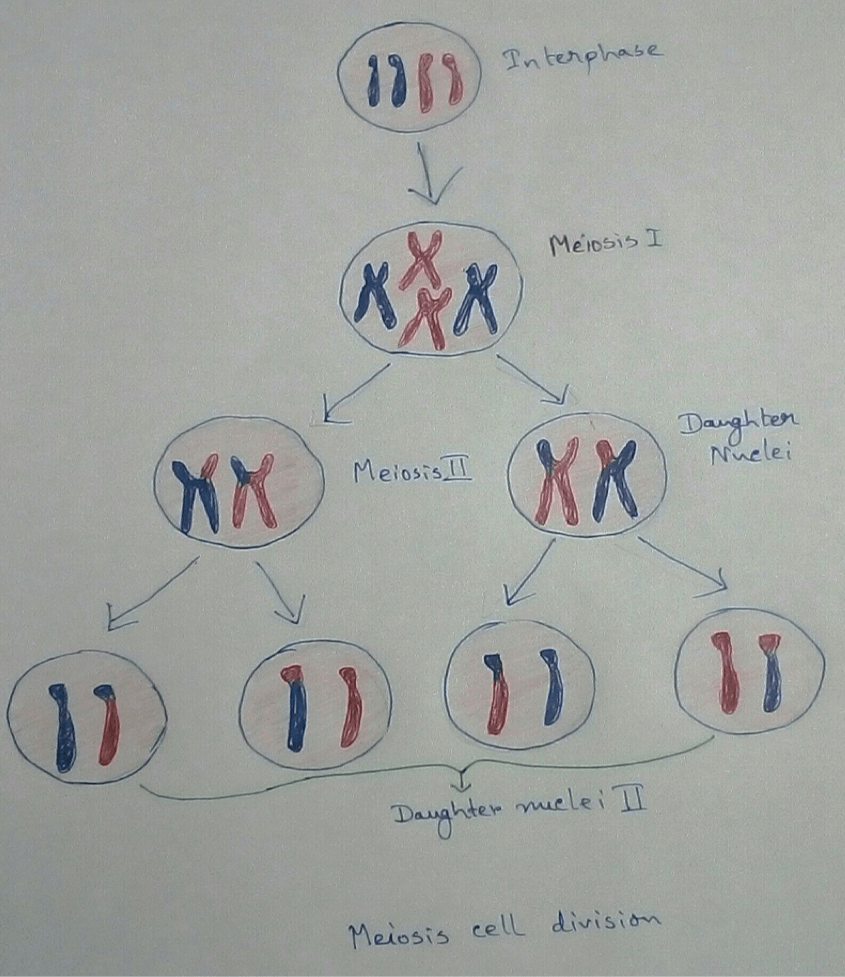
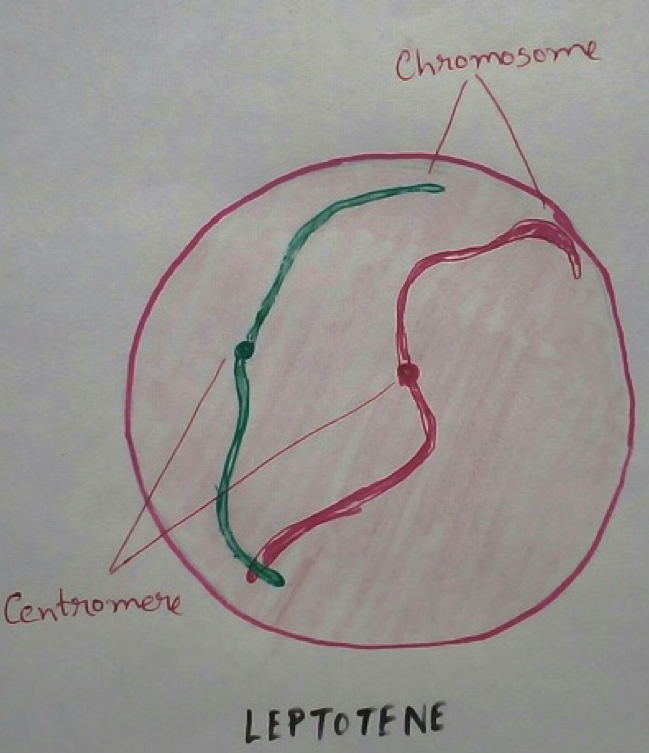
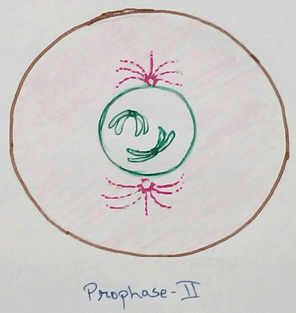
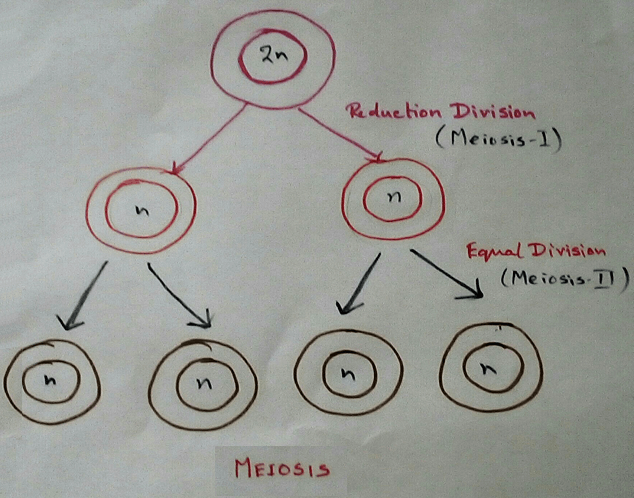

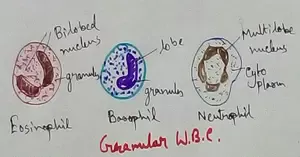



New! Comments
Have your say about what you just read! Leave me a comment in the box below.